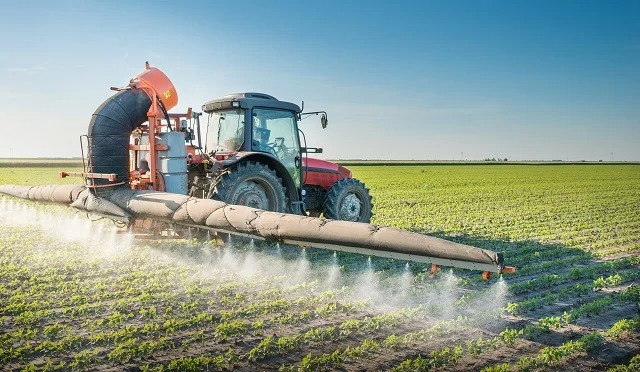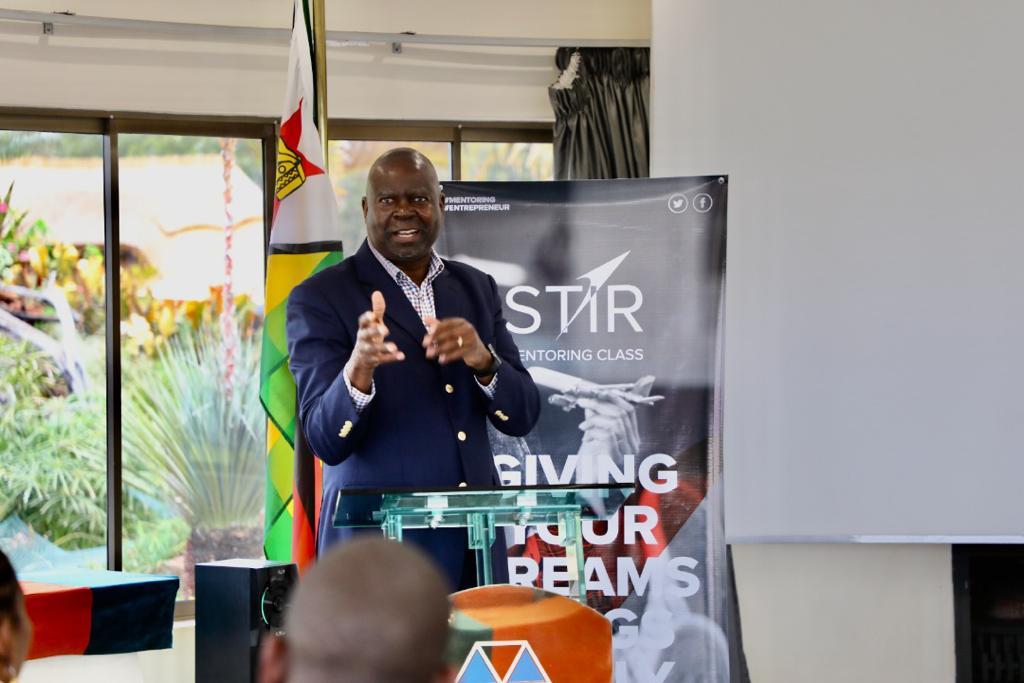
This is where the massive water reservoir, Tokwe-Mukosi dam, set to be the largest inland water body in the country, is under construction. At this time of the year, Moyo is usually worried about where to acquire agricultural inputs at an affordable price but today he is concerned about being displaced from his ancestral land.
The sound of the caterpillars chewing the earth, drawing nearer and nearer to his homestead everyday leaves him with sleepless nights.
“We do not know our fate as we are about to be evicted from this place to pave way for construction of the dam. We have to leave the place that we have called home since we were born, but the big question is where do we start from?” said the father of five.
“We have not been given options of where to go. We should have been the ones allocated farms in the land reform programme. What about our school-going children? What about their uniforms? Oh no, not again!”.
Moyo is among the 6 000 villagers that are set to be displaced by the government to pave way for the construction of Tokwe-Mukosi dam, which upon completion would become the largest inland dam after Lake Mutirikwi in the same province.
For a long time now, villagers have been trying to resist relocation.
When construction stalled a decade ago due to lack of funds, villagers heaved a heavy sigh of relief, but the recurrent grumbling caterpillars have rekindled their misery.
However, the villagers’ fate was sealed when the government allocated US$20 million for the construction of the dam in the previous budget.Moyo’s worst fears were confirmed by Masvingo provincial governor Titus Maluleke who said the villagers could end up being resettled out of his province because of space constraints.
- Chamisa under fire over US$120K donation
- Mavhunga puts DeMbare into Chibuku quarterfinals
- Pension funds bet on Cabora Bassa oilfields
- Councils defy govt fire tender directive
Keep Reading
“We have run out of space for resettlement. We are looking for space in Masvingo and elsewhere. This means that the villagers can be resettled in or outside Masvingo, depending on where we get the land,” said Maluleke, who is also the resident minister.
“Tiri Kutsvaga uta nemuhari (We are desperate). We will look for land from farms which have been resettled by the new farmers. Probably we can have some extra hectarage here and there that can be consolidated to settle some few hundreds.”
A taskforce to scout for land has already been set up in the province. Government will also look at conservancies to see if their owners could be compelled to shrug off part of their land for the villagers.
“We will look for land wherever possible, including conservancies. We will be making consultations with the relevant ministry,” said Maluleke. “This is a national project that will benefit the nation, just like what happened in the Chiadzwa diamond fields, so it should be given first priority.”
Moyo’s wish for Tokwe-Mukosi
Like others villagers, Moyo’s wish is to be resettled near the dam so that he may also benefit from the massive water project through irrigation.
“Even if it is a national project, we should be the immediate beneficiaries,” he said. “We have been compromised a lot, abandoning graves of our relatives whose remains will be drowned in the water. Can we be sacrificed for the whole nation?”
But the government argues that once complete, the dam would be the panacea to the perennial food shortages that have hit Masvingo for the past decades as the water would be used for irrigation purposes.
It would also be used for electricity generation, thereby filling the void left by the Zimbabwe Electricity Supply Authority (Zesa), which is failing to adequately supply power to the nation.











